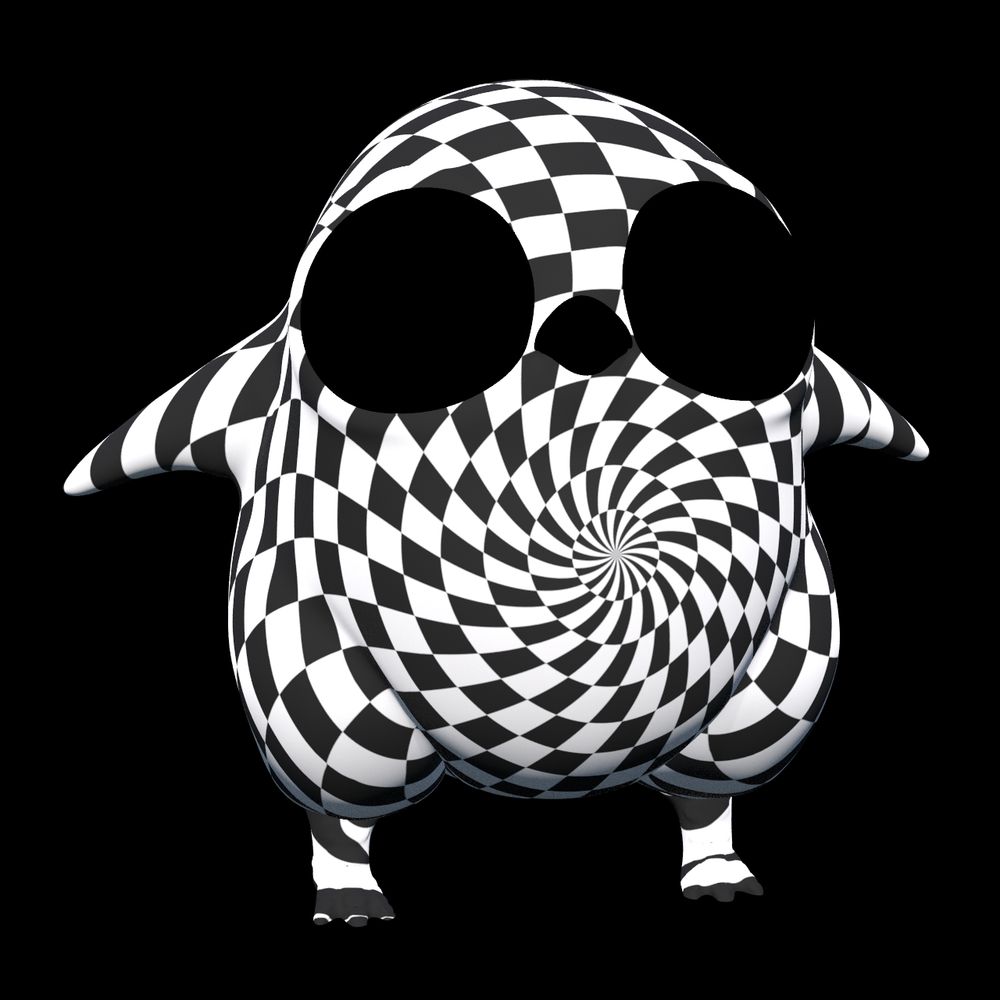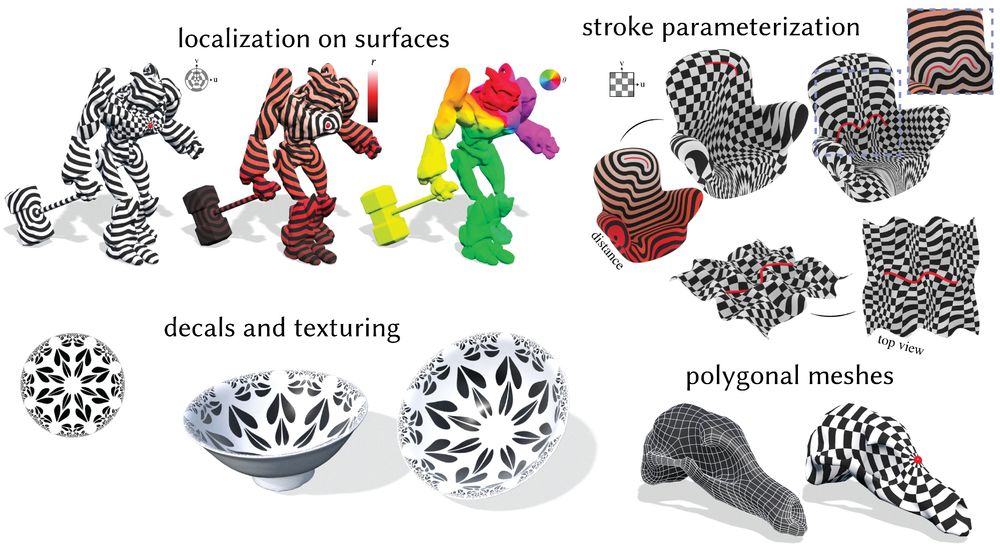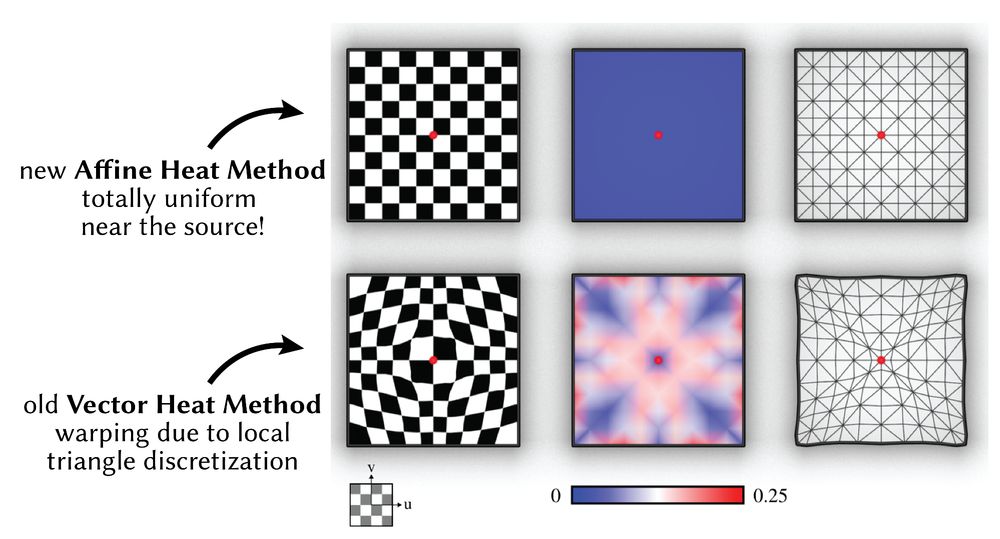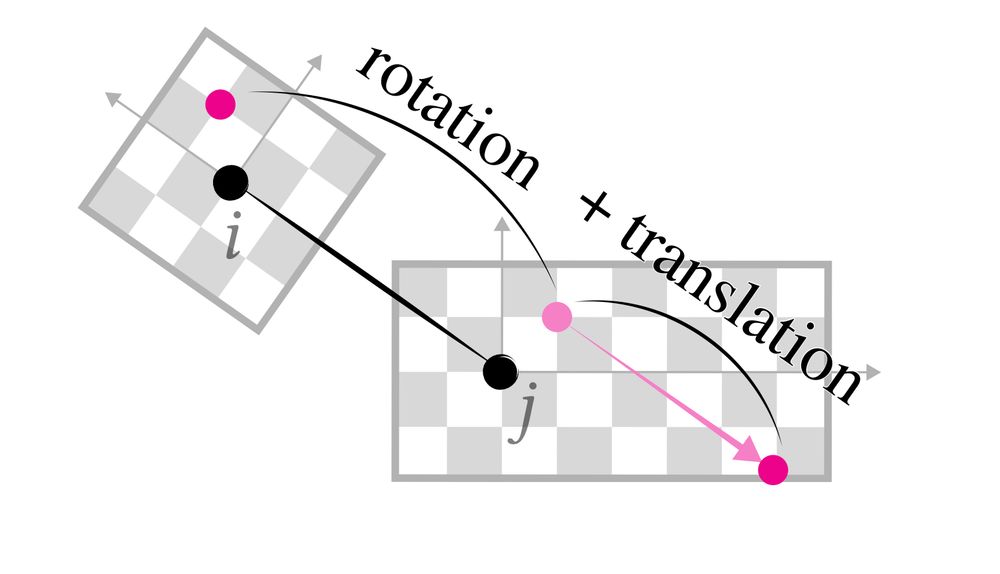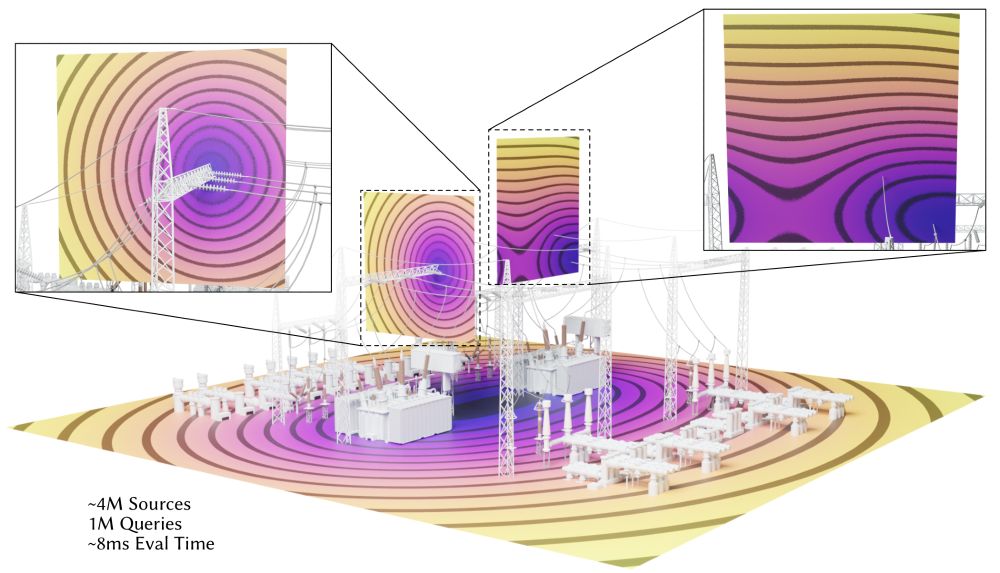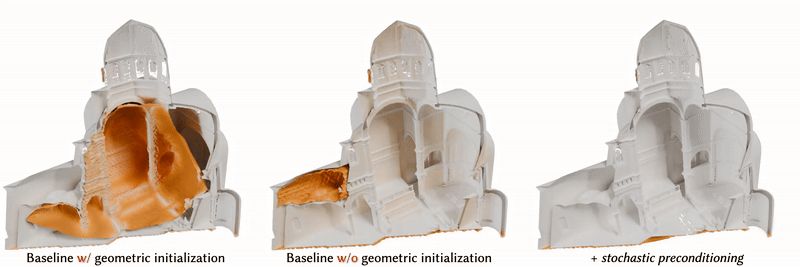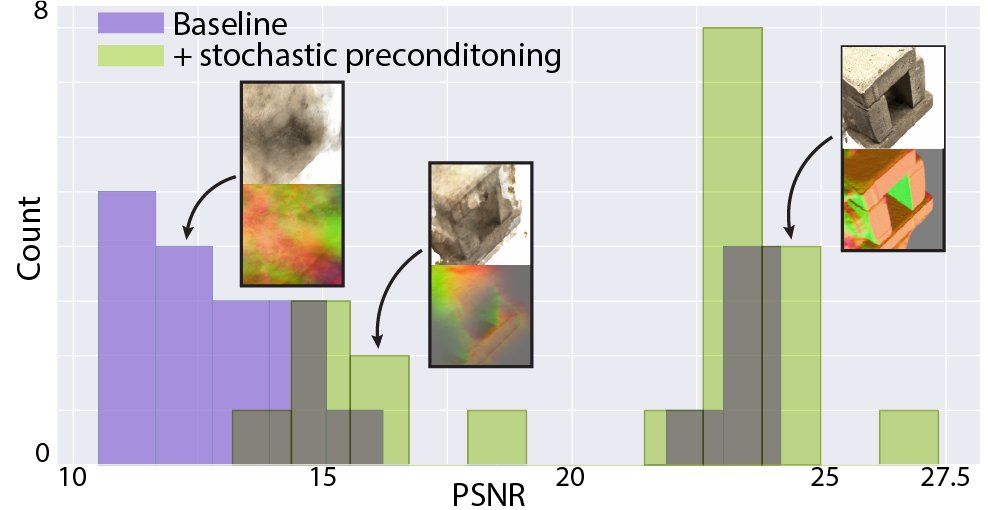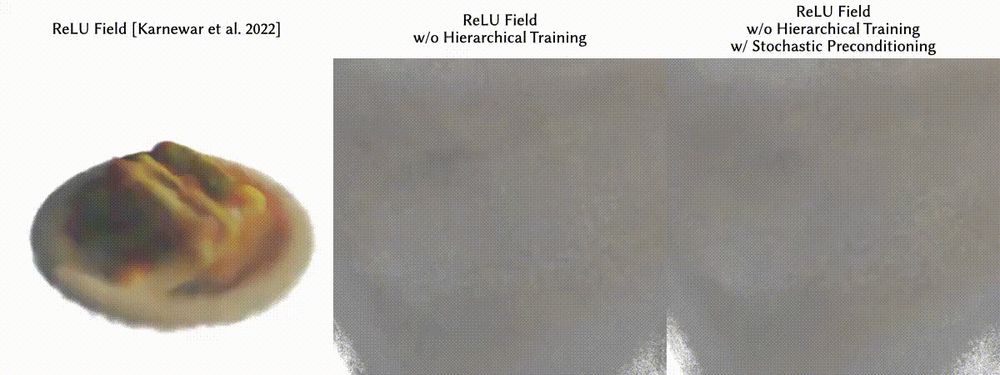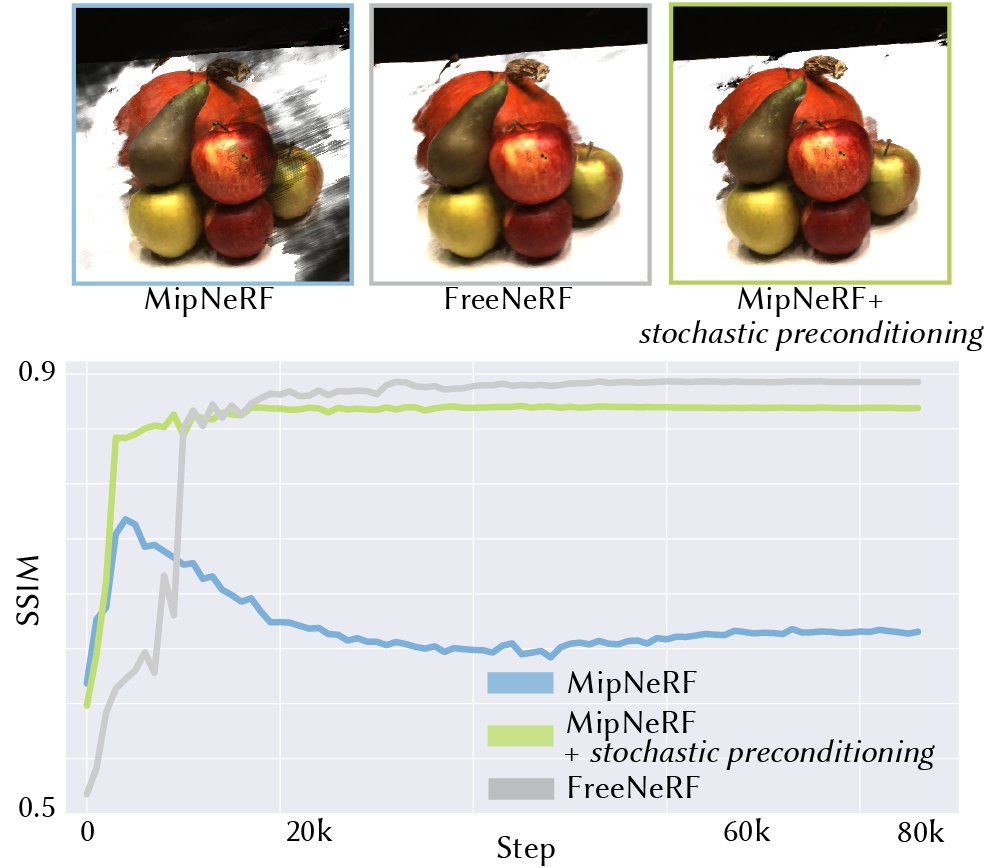Nicholas Sharp
@nmwsharp.bsky.social
1.2K followers
93 following
26 posts
3D geometry researcher: graphics, vision, 3D ML, etc | Senior Research Scientist @NVIDIA | polyscope.run and geometry-central.net | running, hockey, baking, & cheesy sci fi | opinions my own | he/him
personal website: nmwsharp.com
Posts
Media
Videos
Starter Packs
Reposted by Nicholas Sharp
Abhishek Madan
@abhishekmadan.bsky.social
· Jul 30
Nicholas Sharp
@nmwsharp.bsky.social
· Jul 2
Nicholas Sharp
@nmwsharp.bsky.social
· Jul 2
Reposted by Nicholas Sharp
David Levin
@diwlevin.bsky.social
· Jun 18

Open Letter to the SIGGRAPH Leadership
RE: Call for SIGGRAPH Asia to relocate from Malaysia and commit to a venue selection process that safeguards LGBTQ+ and other at-risk communities. To the SIGGRAPH Leadership: SIGGRAPH Executive Commit...
docs.google.com
Nicholas Sharp
@nmwsharp.bsky.social
· Jun 8
Reposted by Nicholas Sharp
Nicholas Sharp
@nmwsharp.bsky.social
· Jun 4
Nicholas Sharp
@nmwsharp.bsky.social
· Jun 4
Nicholas Sharp
@nmwsharp.bsky.social
· Jun 4
Nicholas Sharp
@nmwsharp.bsky.social
· Jun 3
Nicholas Sharp
@nmwsharp.bsky.social
· Jun 3
